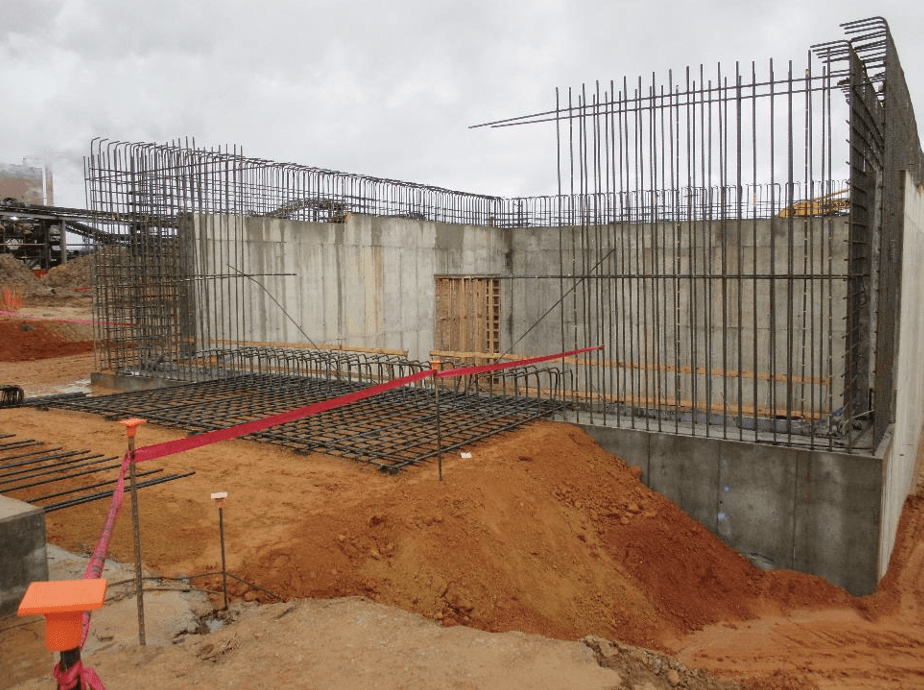Discovering the Necessary Duty of Consulting Engineers in Geotechnical Projects: A Thorough Introduction of Their Contributions and Responsibilities
Consulting engineers serve as essential numbers within geotechnical projects, charged with the detailed responsibilities of examining subsurface problems and ensuring the structural stability of building and constructions. As we explore the multifaceted contributions of getting in touch with designers, it becomes apparent that their participation is crucial to browsing the challenges fundamental in geotechnical ventures.
Introduction of Geotechnical Design
Geotechnical design is a critical discipline within civil engineering that focuses on the behavior of earth materials and their interaction with structures. This field includes the study of soil, rock, groundwater, and the mechanics regulating their residential or commercial properties and behaviors. Geotechnical designers evaluate the physical and chemical buildings of these materials to determine their suitability for different construction tasks, ensuring that structures are started on secure and reliable ground.

Moreover, geotechnical engineers should take into consideration ecological aspects, such as soil contamination and groundwater monitoring, to advertise sustainable development. Their know-how is essential in optimizing the layout and construction processes, ultimately contributing to the longevity and safety of civil design jobs.
Secret Duties of Consulting Engineers

In addition, they are in charge of developing style specifications and specs that follow governing criteria and finest techniques. This consists of reviewing website problems and establishing ideal construction techniques, which is vital for decreasing threats connected with ground instability.
Consulting designers additionally act as liaisons between numerous stakeholders, consisting of clients, service providers, and governing bodies, helping with clear communication and cooperation throughout the job lifecycle. consulting civil engineering companies. They offer professional assistance throughout construction, guaranteeing that geotechnical elements are effectively dealt with and that any type of unpredicted obstacles are handled properly. Inevitably, the complex responsibilities of consulting designers are fundamental to the stability and success of geotechnical tasks, affecting both safety and security and sustainability in construction techniques
Site Assessments and Investigations
A thorough site analysis is important for recognizing the subsurface conditions that influence geotechnical jobs. Consulting engineers play a crucial role in performing these evaluations to make certain the security and stability of construction activities. This procedure normally involves a collection of examinations, including soil tasting, borehole boring, and geophysical surveys, to collect crucial information on dirt buildings, groundwater degrees, and the geological context of the website.
Engineers evaluate the gotten data to recognize the possible challenges posed by the subsurface problems, such as soil instability or high groundwater levels, which can affect the design and execution of the job. In addition, site evaluations help in evaluating the existence of contaminants, which is vital for ecological compliance and making sure public security.
In addition, seeking advice from engineers coordinate with multidisciplinary groups to incorporate findings from website investigations into broader project purposes. Via extensive documents and coverage, they give important insights that inform stakeholders about the suitability of the website for proposed growths. Inevitably, the thoroughness of site analyses lays the structure for effective planning and engineering options, mitigating dangers associated with unanticipated subsurface conditions.
Style and Danger Management
After carrying out complete website analyses, seeking advice from designers focus on the layout and risk management elements of geotechnical projects. This stage is crucial as it guarantees that the engineered remedies are not just efficient however also secure and lasting (consulting civil engineering companies). Designers use their competence to develop styles that deal with the particular find this geotechnical conditions identified during the website evaluations, consisting of soil properties, groundwater habits, and prospective hazards
Risk monitoring is indispensable to this process, as it entails recognizing, evaluating, and mitigating potential threats associated with the job. Engineers utilize various logical techniques and modeling strategies to anticipate the behavior of dirt and rock under various loading conditions. By reviewing uncertainties and prospective failing modes, they can suggest layout adjustments that enhance stability and lower risk.
Furthermore, getting in touch with designers guarantee compliance with relevant codes and requirements, which are vital for minimizing responsibilities. They likewise prepare backup plans to attend to unexpected challenges that might emerge throughout building. With meticulous design and positive danger administration, seeking advice from designers play an important duty in ensuring the security, performance, and durability of geotechnical projects, eventually contributing to the overall success of the building and construction venture.
Partnership With Job Stakeholders
Effective partnership with job stakeholders is necessary for the success of geotechnical tasks. Consulting designers play a crucial function in assisting in interaction amongst various events, including customers, professionals, regulative authorities, and environmental specialists. This collaboration guarantees that all stakeholders have a clear understanding of task purposes, timelines, and potential risks.
Consulting designers are this website responsible for incorporating stakeholder input into the layout and execution of geotechnical remedies - consulting civil engineering companies. By actively engaging with stakeholders, they can recognize issues early in the project lifecycle, allowing prompt changes and mitigating potential disputes. This aggressive technique not only promotes depend on but also improves task effectiveness
Furthermore, consulting engineers have to navigate the complexities of regulative compliance, making certain that all geotechnical techniques line up with legal and ecological standards. Their competence in this location is critical in maintaining open lines of interaction with regulative bodies, therefore assisting in smoother authorizations and allowing procedures.
Final Thought
